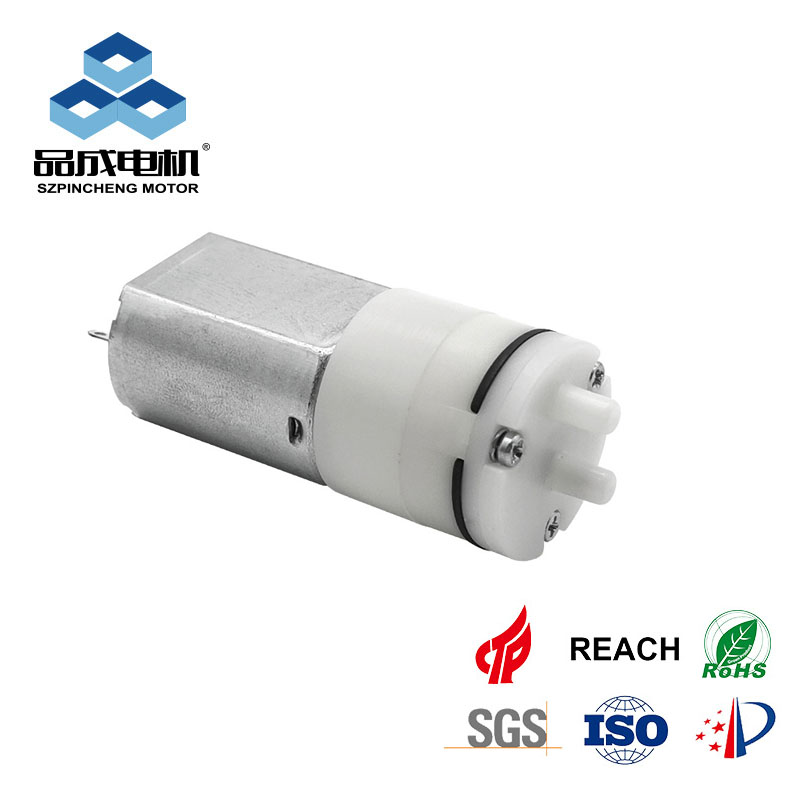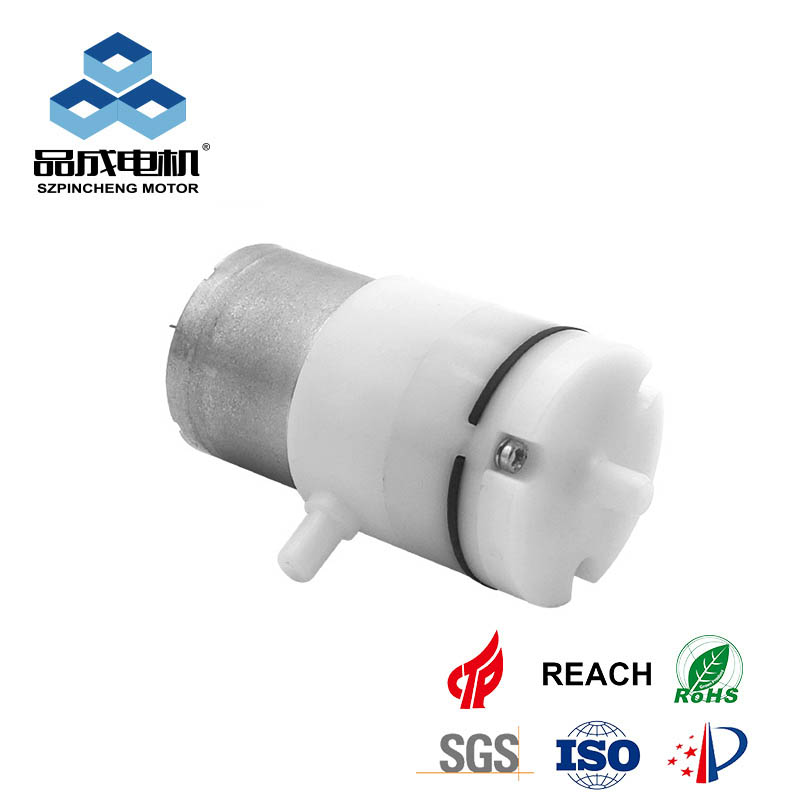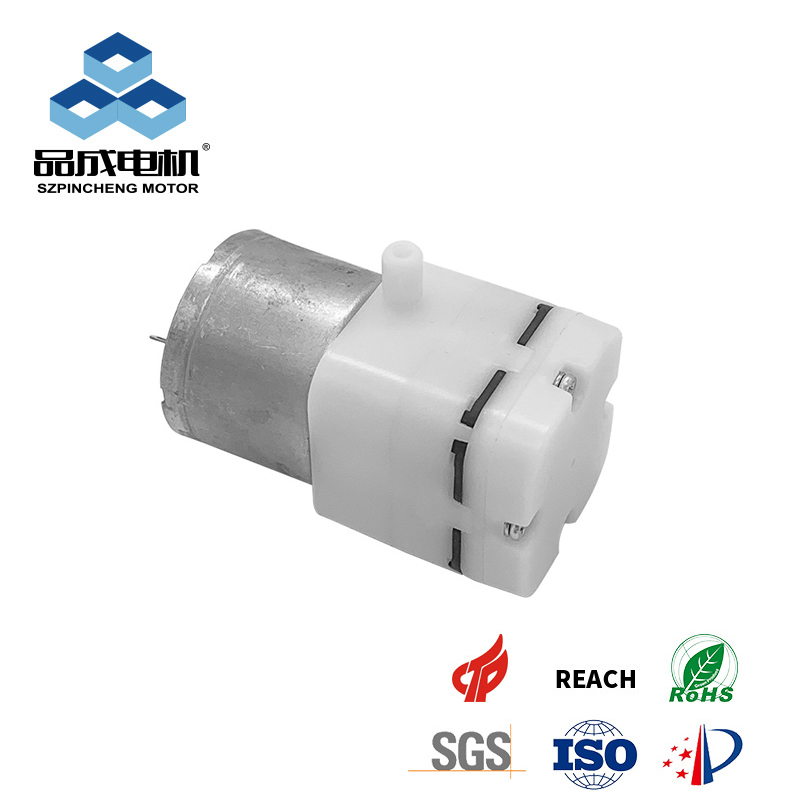Introduction to Micro Vacuum Pump Technologies
When selecting a micro vacuum pump for specialized applications, engineers and designers often face a crucial decision between diaphragm and piston pump technologies. Both serve the fundamental purpose of creating vacuum pressure, but their operational methodologies, performance characteristics, and ideal use cases vary significantly. Understanding these differences becomes particularly important when working with low power vacuum pump systems where efficiency and reliability are paramount.
Fundamental Operating Principles
Diaphragm Pump Mechanism
A diaphragm-based micro vacuum pump operates through the reciprocating motion of a flexible membrane. This elastomeric diaphragm moves back and forth within a sealed chamber, creating pressure differentials that facilitate fluid movement. The diaphragm's oscillation is typically driven by an electromagnetic or mechanical actuation system, making it particularly suitable for DC vacuum pump applications. The complete separation between the driving mechanism and pumping chamber ensures contamination-free operation, a critical advantage in sensitive applications.
Piston Pump Functionality
Piston pumps employ a different approach, using a cylindrical piston that moves linearly within a precision-bored chamber. The reciprocating action creates vacuum through direct displacement, with check valves controlling intake and exhaust flows. This mechanical operation provides robust performance characteristics that make piston technology suitable for various 12v vacuum pump implementations, particularly where higher pressure differentials are required.
Critical Performance Differences
Contamination Control and Purity
Diaphragm pumps offer significant advantages in applications demanding high purity. The physical barrier created by the diaphragm prevents any potential contamination from the drive mechanism reaching the pumping chamber. This feature makes diaphragm-based micro vacuum pump units ideal for medical devices, laboratory equipment, and food processing applications where even minimal contamination is unacceptable.
Piston pumps, while effective for many industrial applications, present greater contamination risks due to their need for lubrication and potential for particulate generation from wearing components.
Pressure and Flow Characteristics
When comparing vacuum capabilities, piston-type DC vacuum pump systems typically achieve higher ultimate vacuum levels due to their more direct compression mechanism and superior sealing capabilities. The rigid construction of piston pumps allows them to maintain performance under demanding pressure conditions.
However, diaphragm-based low power vacuum pump systems excel in providing smoother, pulse-free flow, which proves essential in analytical instruments and medical ventilation equipment where flow consistency directly impacts performance and accuracy.
Maintenance Requirements and Service Life
Diaphragm pumps generally require less frequent maintenance, with the primary service component being the diaphragm itself. Modern materials like PTFE and specialty elastomers provide extended service life, often exceeding thousands of hours in continuous operation.
Piston pumps demand more regular maintenance attention, including seal replacements, lubrication services, and periodic inspection of wearing components. While initial costs may be lower, the total cost of ownership often favors diaphragm designs in applications where maintenance accessibility is limited or service costs are significant.
Application-Specific Considerations
Diaphragm Pump Applications
The unique characteristics of diaphragm micro vacuum pump technology make it particularly suitable for specific applications. Medical devices benefit from the quiet operation and contamination-free performance. Laboratory equipment utilizes the pulse-free flow for precise fluid handling. Environmental monitoring systems leverage the reliability and low maintenance requirements of diaphragm designs.
Piston Pump Applications
Piston-based 12v vacuum pump systems find their strength in different application scenarios. Industrial automation benefits from the high-pressure capabilities and robust construction. Automotive systems utilize the compact power density for various vacuum applications. Commercial equipment often employs piston technology where initial cost represents a primary consideration and regular maintenance is feasible.
Technical Selection Criteria
Power Efficiency Considerations
Modern diaphragm DC vacuum pump designs have made significant strides in power efficiency, particularly important in battery-operated or energy-sensitive applications. The optimized motion control and reduced mechanical losses contribute to enhanced efficiency profiles.
Piston pumps, while improving in efficiency, typically consume more power due to higher friction losses and the inertia of moving components. This difference becomes crucial in low power vacuum pump applications where energy conservation directly impacts operational viability.
Environmental Compatibility
Operating environment plays a significant role in technology selection. Diaphragm pumps demonstrate superior performance in challenging environments containing moisture, particulates, or chemical vapors. The sealed design provides inherent protection against environmental contaminants.
Piston pumps require additional protection measures in harsh environments, as contaminants can accelerate wear and compromise performance. Proper filtration and environmental control become essential for reliable piston pump operation in demanding conditions.
Advanced Technological Developments
Material Science Innovations
Recent advancements in material science have significantly enhanced both pump technologies. Diaphragm pumps benefit from new composite materials offering extended flex life and chemical resistance. Piston pumps see improvements through advanced sealing materials and surface treatments that reduce friction and wear.
Integration and Control Systems
Modern micro vacuum pump systems increasingly incorporate sophisticated control electronics. Diaphragm pumps leverage precise motion control for accurate flow regulation. Piston pumps utilize advanced valve timing and stroke control to optimize performance across varying operating conditions.
Practical Implementation Guidelines
Selection Methodology
Choosing between diaphragm and piston technologies requires systematic evaluation of application requirements. Begin by defining critical parameters including vacuum level needs, flow rate requirements, purity specifications, noise limitations, and maintenance capabilities. Each factor influences the optimal technology selection for your specific DC vacuum pump application.
Performance Validation
Thorough testing under actual operating conditions remains essential. Performance validation should include extended operation testing, environmental exposure assessment, and maintenance requirement evaluation. This comprehensive approach ensures the selected 12v vacuum pump technology will deliver reliable performance throughout its service life.
you like also all
Read More News
Post time: Oct-08-2025




